Special Education Data Tracking might not sound like the most exciting thing, but trust me—it’s about to become your superpower. Imagine this: You’re a special education teacher juggling IEP goals, behavior management, and progress reports. Your coffee’s gone cold (again!), and you’re staring at a pile of sticky notes that were supposed to help you stay organized.
Sound familiar? Don’t worry—there’s a way to bring peace to the chaos. 🎉
With the right tools and strategies, Special Education Data Tracking makes progress easy to see, patterns simple to spot, and those sticky notes totally optional.
Why Special Education Data Tracking Matters 🤔
In special education, tracking data isn’t just about ticking boxes. It’s how we:
- See growth where others might miss it.
- Celebrate progress that’s clear, measurable, and shareable.
- Adjust strategies to give every student their best shot at success.
Think of data like a road map: Without it, you’re just guessing which way to go. With it? You can clearly see how far you’ve come and where you’re headed next.
When Should You Track Data? 🕒
The answer is: anytime you want to measure progress. Whether you’re working on:
- Daily academic skills (like reading, writing, or math),
- Behavior goals (like reducing outbursts), or
- Life skills (like putting on shoes independently),
Tracking data helps you measure what’s working—and what’s not—so you can celebrate wins and make smart changes.
Types of Data Tracking Tools You’ll Love ❤️
Let’s talk tools! The best data sheets are simple, organized, and easy to use. Here are some must-haves:

1. Task Analysis Sheets
Ever tried teaching a complex skill step by step? Task analysis breaks it down into smaller, manageable chunks.
✅ Use it to track whether each step is done independently or with help.

2. Behavior Assessment Logs
Ah, behavior. It’s tricky, but data can be your best friend here! These logs let you track:
- What happens before a behavior (the trigger),
- What the behavior looks like, and
- What happens after (the consequence).
By connecting the dots, you’ll see patterns you can’t spot otherwise.

3. Behavioral Skills Training Forms
This one’s for teaching new skills to students and parents. You can record:
- What you modeled,
- What the student practiced, and
- How close they are to mastering it!

4. Discrete Trial Training (DTT) Logs
If you use DTT, these sheets are gold. Track:
- Correct responses,
- Prompts given, and
- How many trials it took to master the task.
✅ Perfect for collecting structured data during teaching sessions.

5. IOA Data Sheet Templates
Two teachers. One observation. Do you both see the same thing? IOA (Inter-Observer Agreement) sheets help you compare notes and improve consistency in data collection.
But Isn’t Tracking Data a LOT of Work? 🥴
It doesn’t have to be! Here’s how to make it manageable (and even fun):
- Start Small: Focus on one or two goals first.
- Use Clear Templates: Tools like the ones above save you time and stress.
- Make It a Habit: Build data tracking into your routine—just a few minutes after each session.
- Celebrate Wins: Share progress with your students, families, and teams. Data can feel like magic when it shows off hard-earned growth!

A Real-Life Example 📖
Meet Alex, a student working on following multi-step directions.
- You start with a Task Analysis Sheet to break down each step.
- During sessions, you use the Discrete Trial Log to track correct responses.
- At the end of the week, you use the Assessment Log to notice Alex struggles more after recess.
Boom! 🎉 You’ve got actionable data. Now you can adjust your teaching (and maybe add a post-recess cool-down) to help Alex succeed.
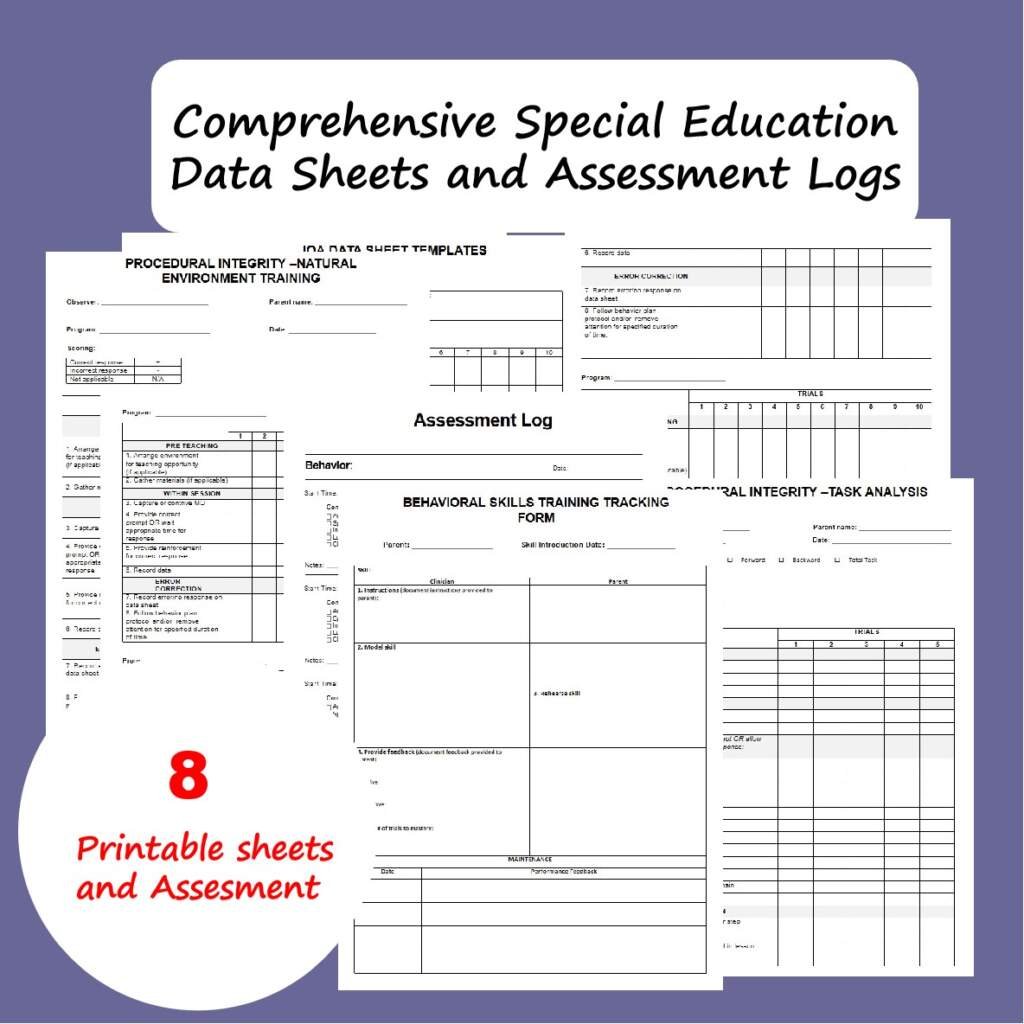
Want Ready-to-Use Data Tools? 🎁
If you’re ready to make data tracking simple, fun, and effective, check out these printable Special Education Data Sheets that are loved by teachers and perfect for IEP goals, behavior plans, and skill development.
👉 Explore the collection here.
Conclusion: Your New Superpower Awaits 🦸♀️
“Data doesn’t have to be scary or time-consuming. With the right tools, it can make teaching easier, smarter, and more rewarding.
Want to learn more about tips, tools, and strategies for special education? Head over to our Blog for more helpful resources, teaching stories, and strategies you can start using today!”
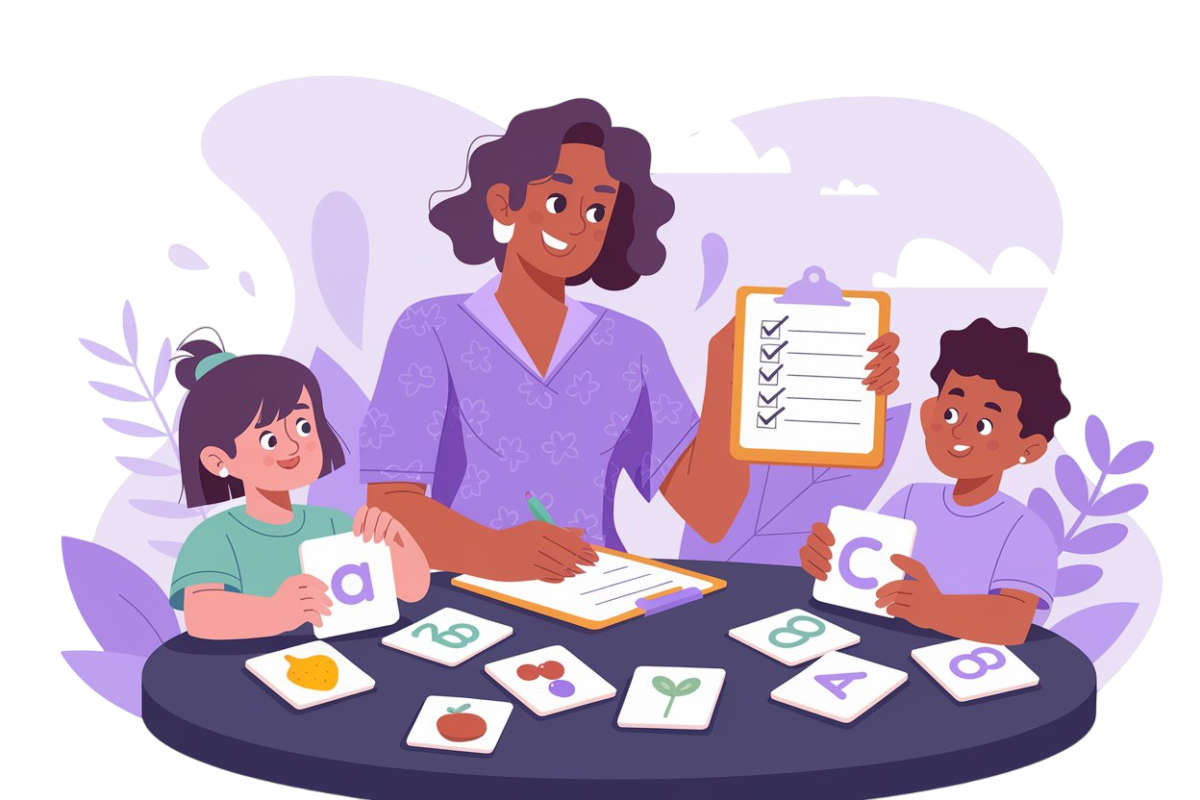
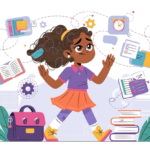
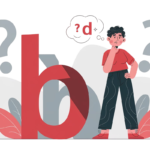

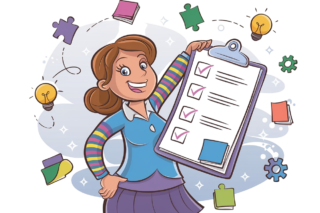
1 Comment